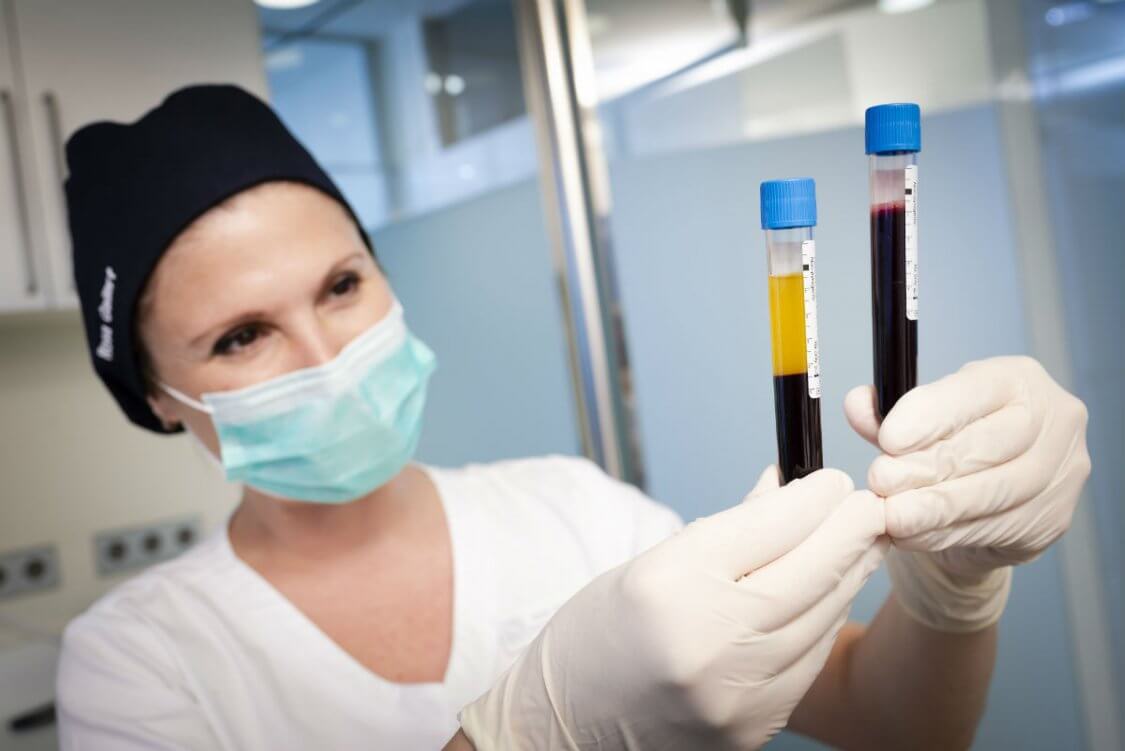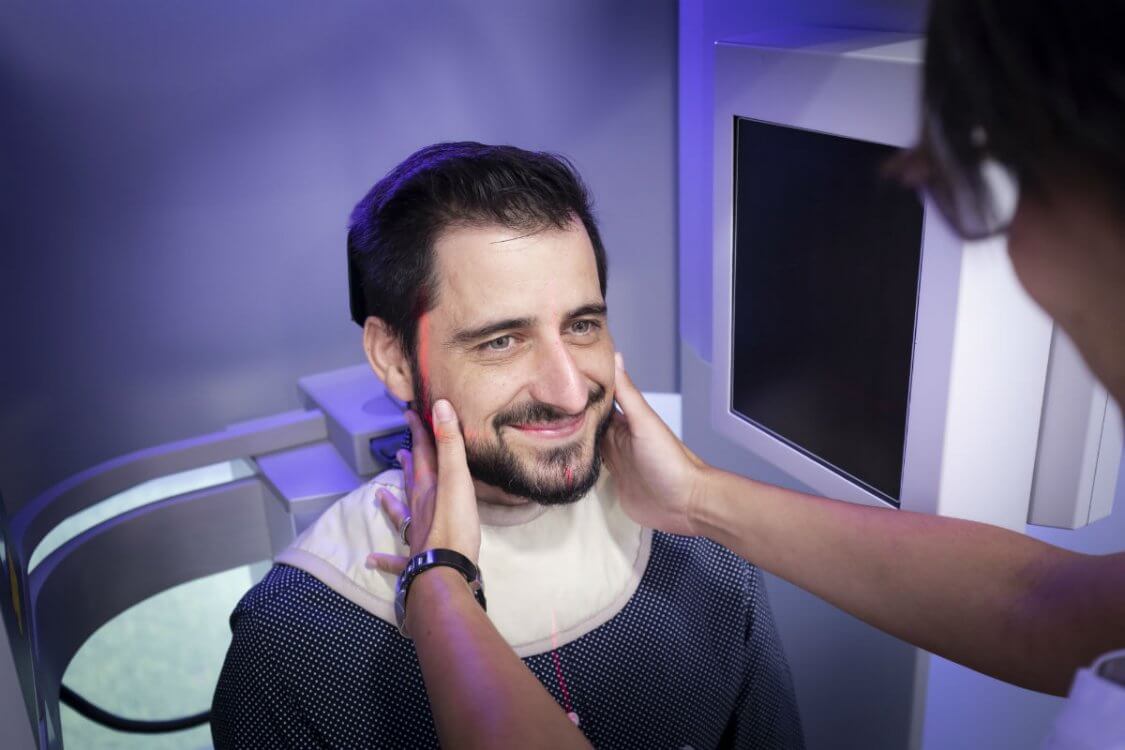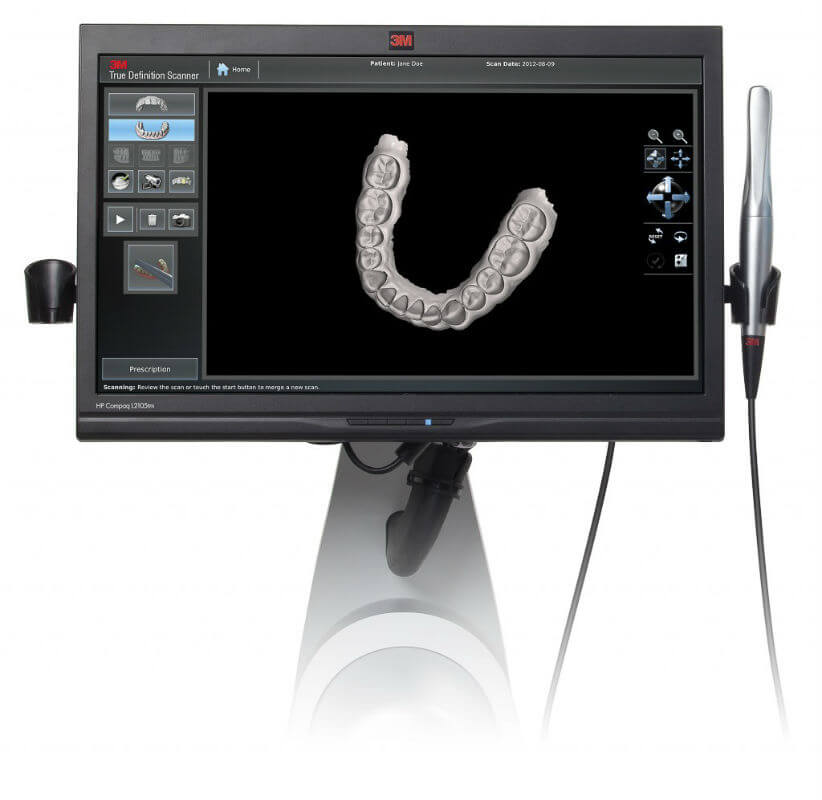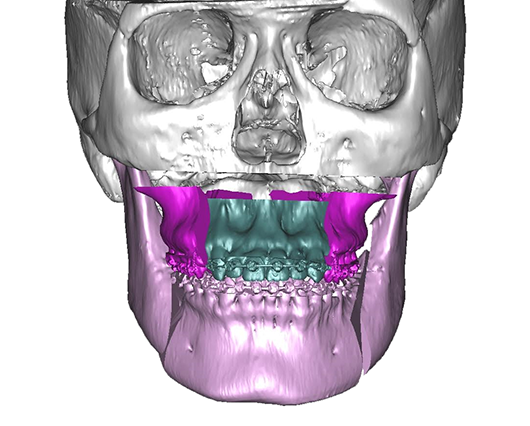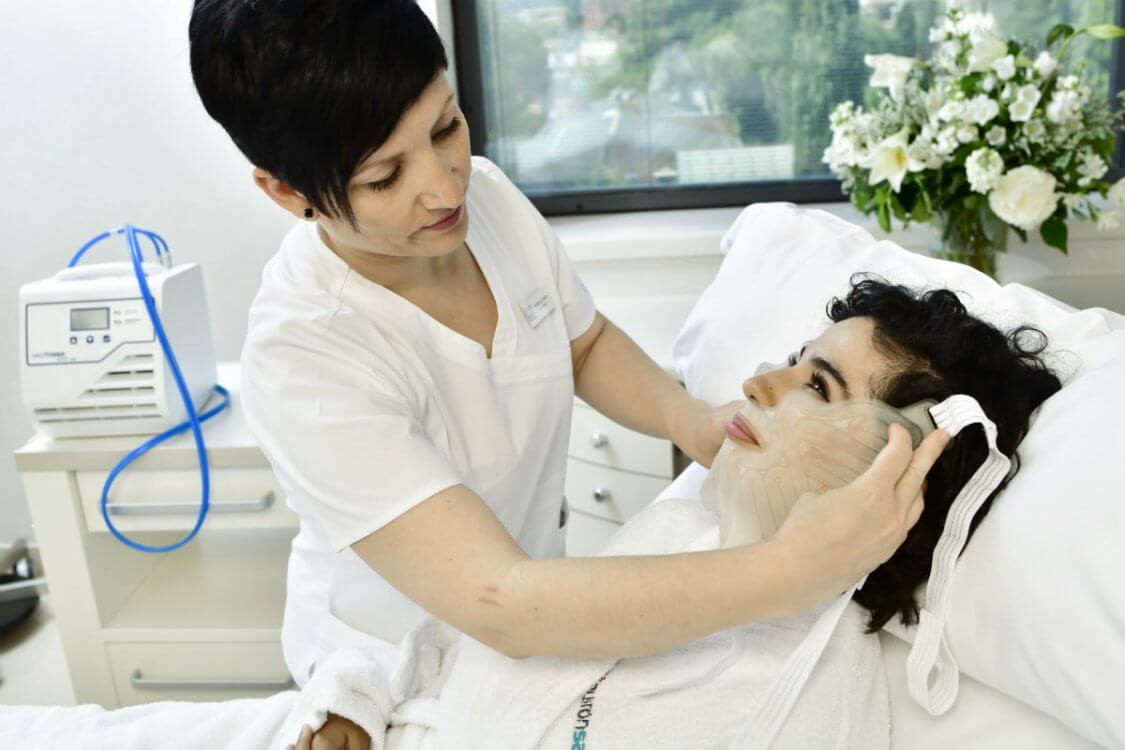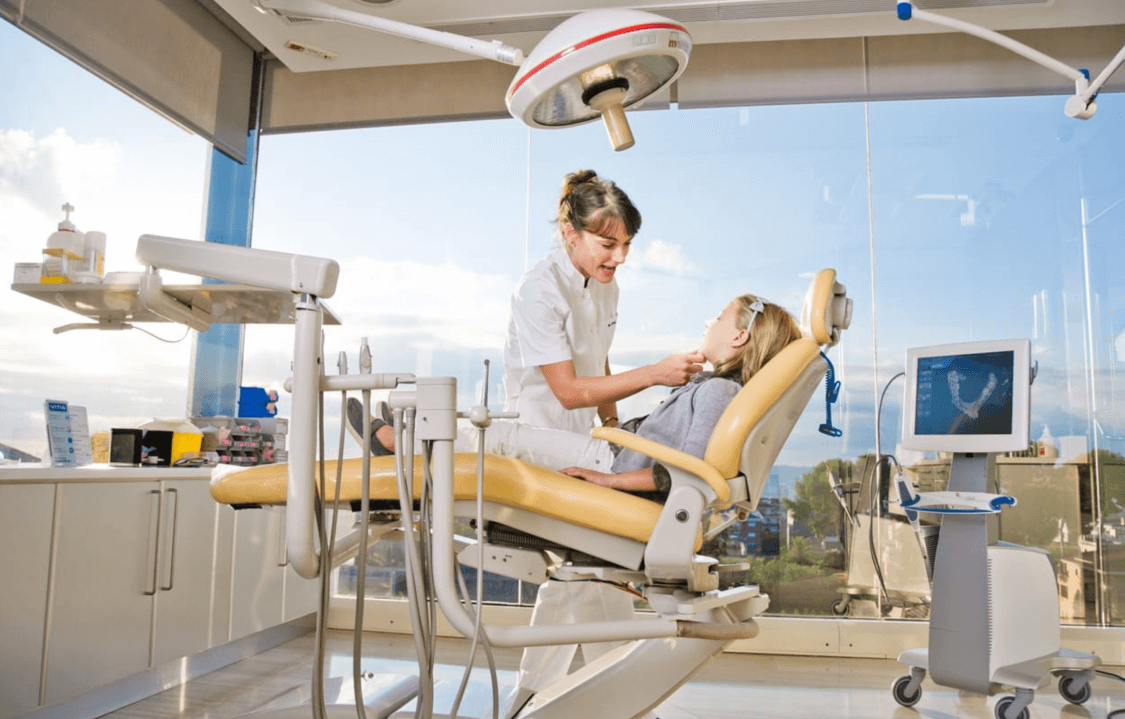The Maxillofacial Institute is one of the most innovative centres at international level in oral and maxillofacial surgery. Our team of specialists offer patients cutting-edge techniques and treatments, together with the latest medical technology and equipment.
Why is the Maxillofacial Institute known as a centre of innovation?
Over the past 10 years there has been a technological revolution in the field of oral and maxillofacial surgery. Right from the beginning, the Maxillofacial Institute has embraced new medical technology in order to provide more accurate diagnoses and above all, to obtain the best possible results. Our Centre currently features:



